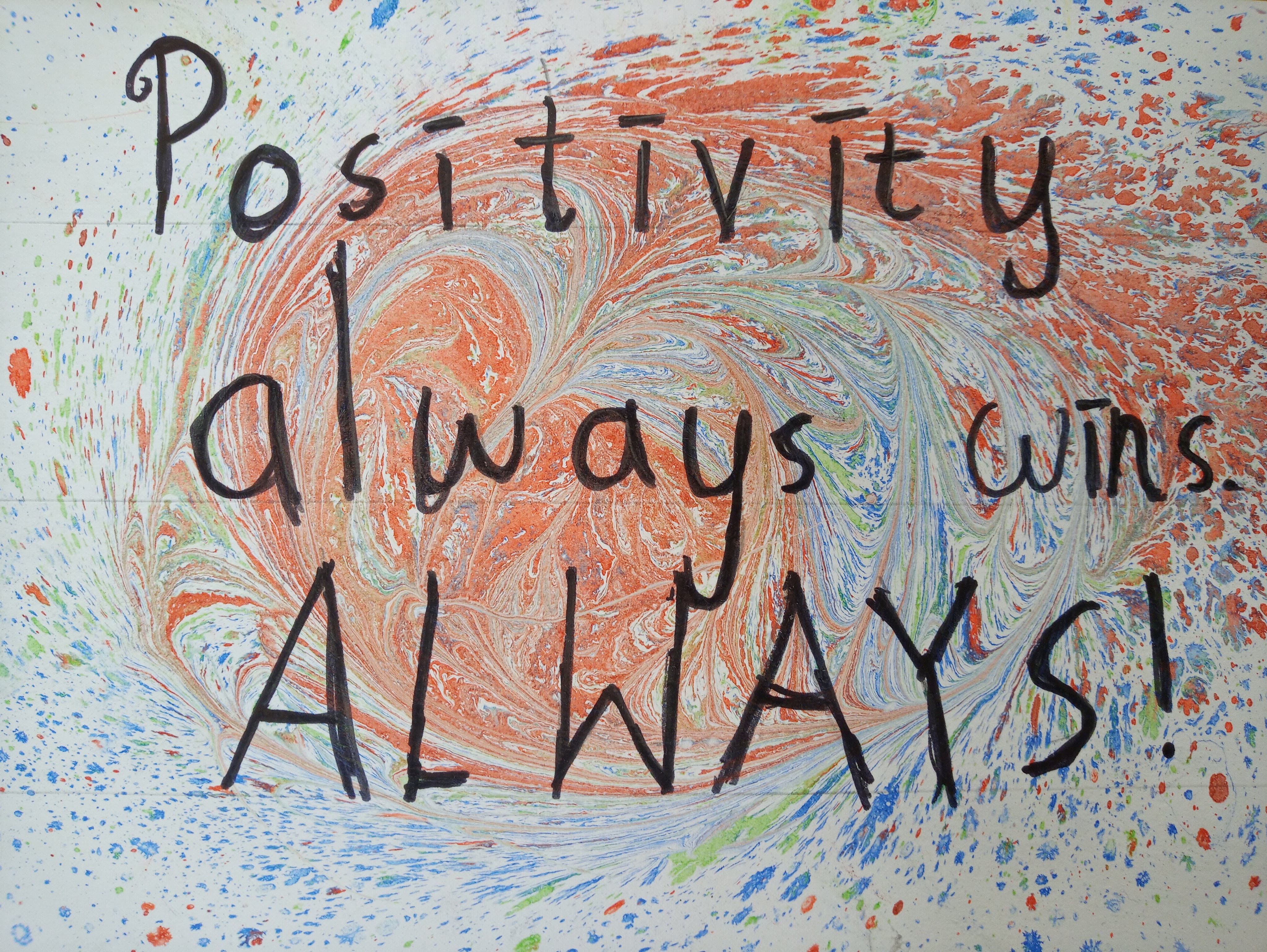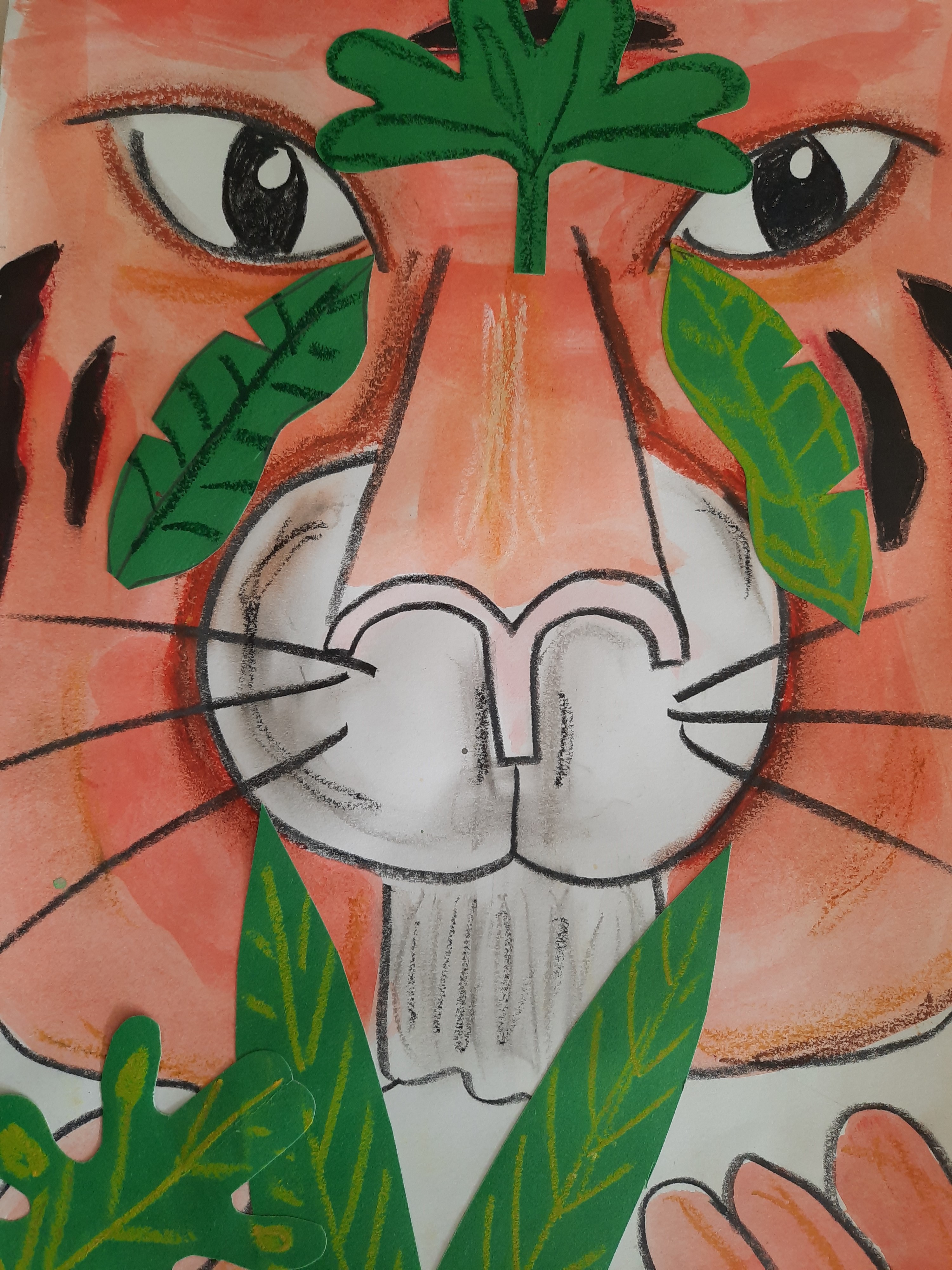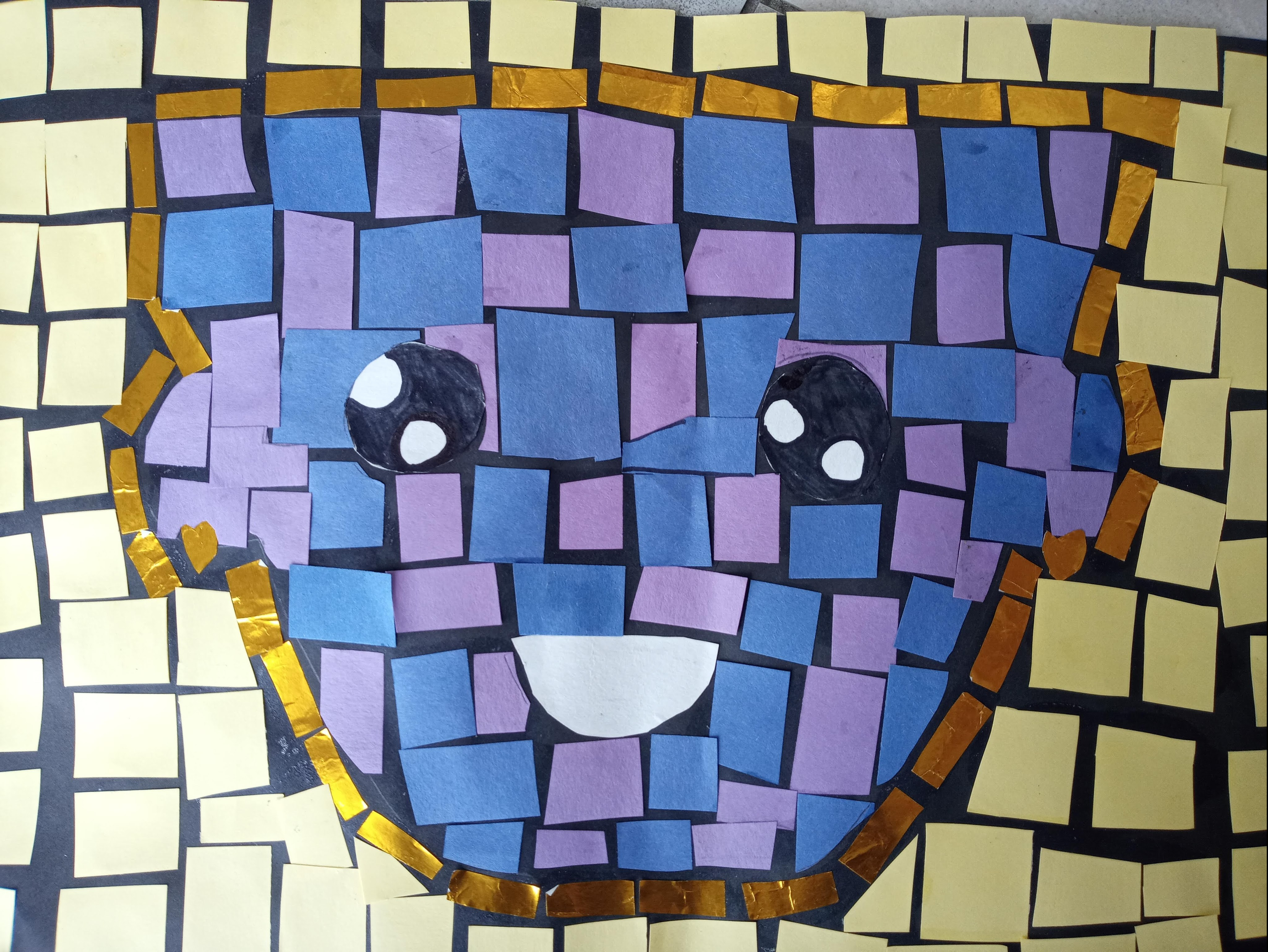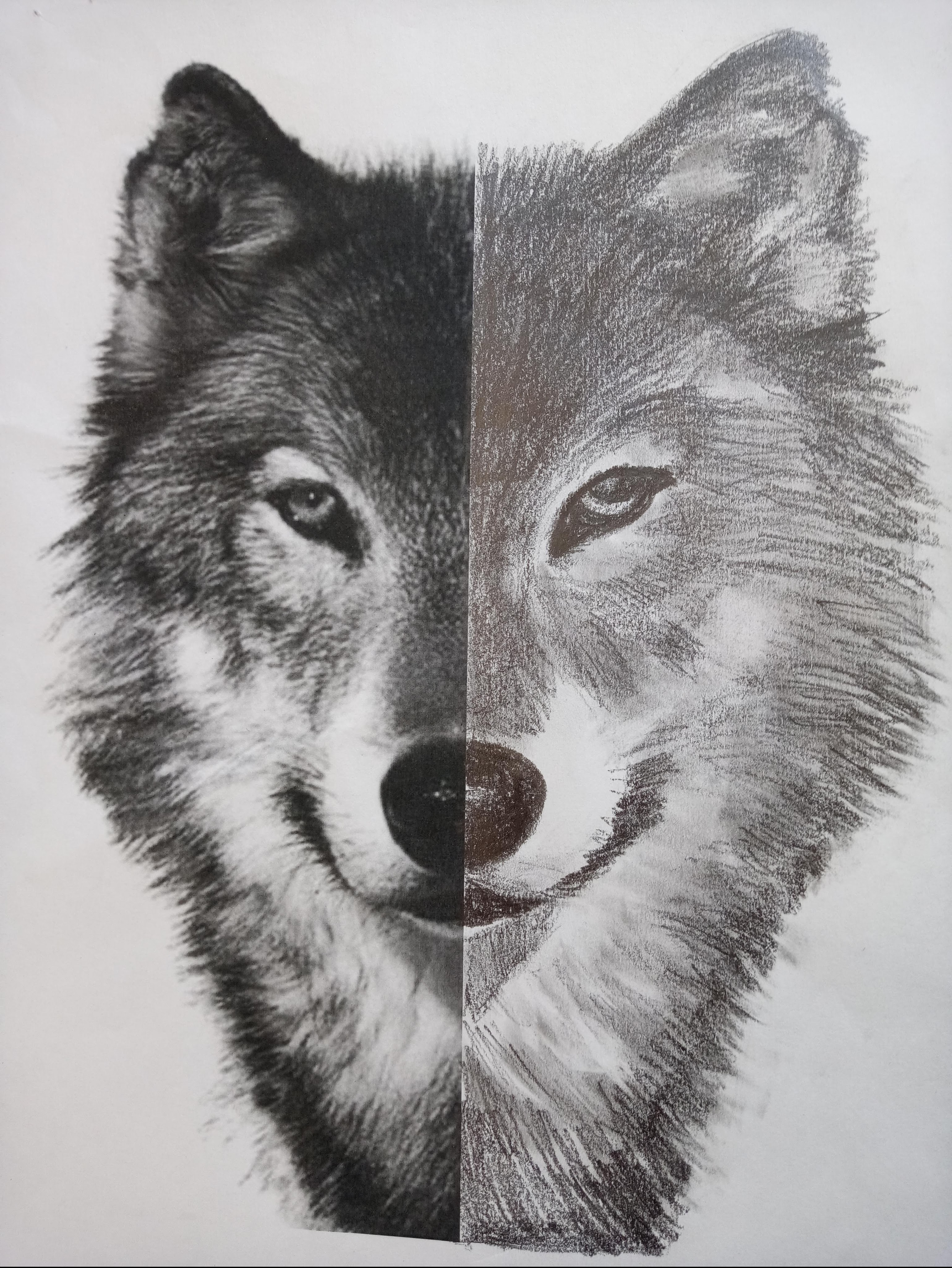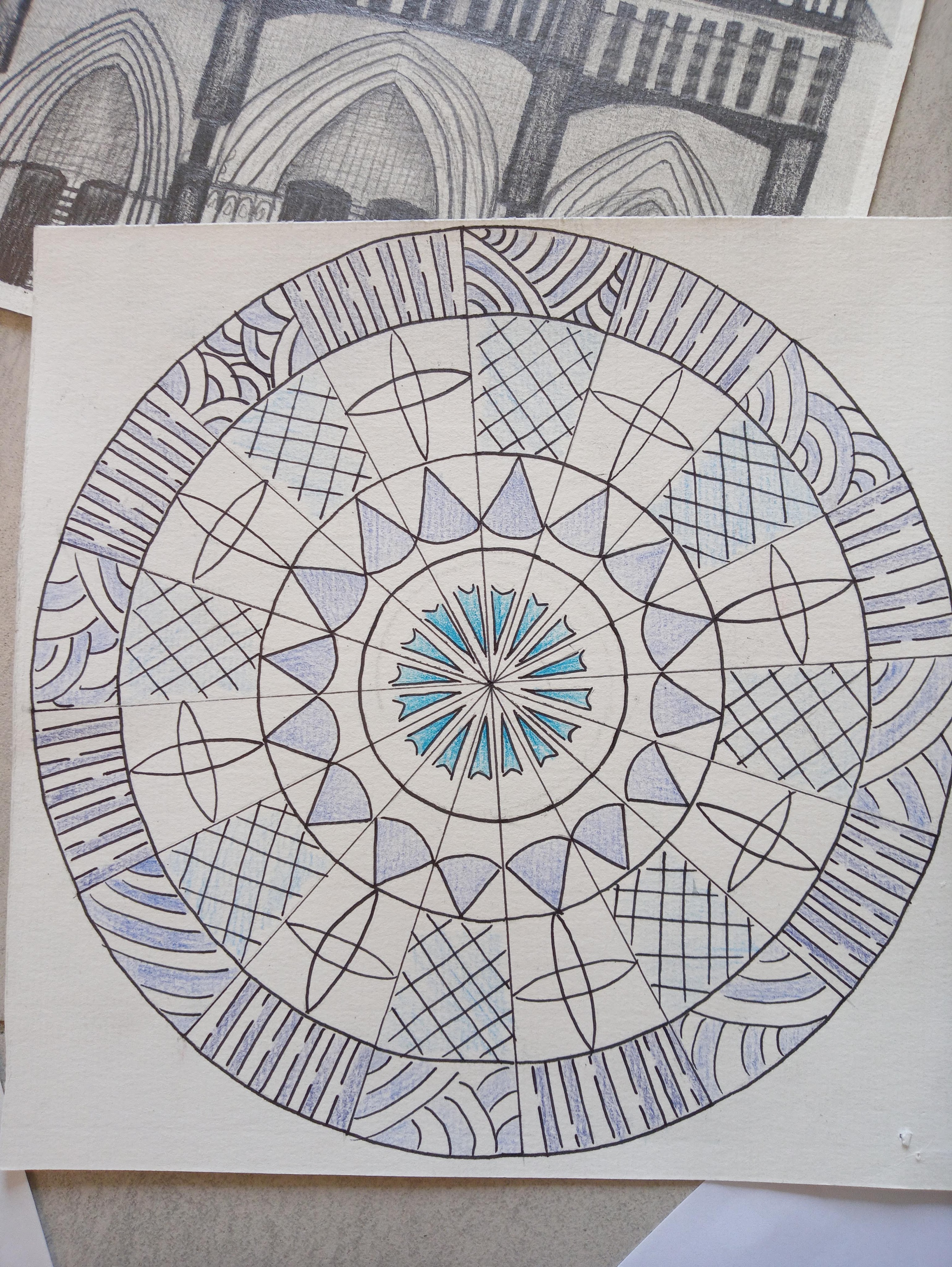This slideshow requires JavaScript.
I am so excited to present this project to you. It took quite some trial and mistake! Here you will find the version that worked out : )
You will need:
Methyl Cellulose (a thickening agent)
Aluminium Potassium Sulfate (AKA Alum)
Plain paper (I used regular cardboard, cotton paper and construction paper; all of them worked well)
Oil paints (I got cheap oil paint tubes, 5 bucks for 12 tubes) or acrylic paint both worked well
Painting oil medium (available at art supply stores) (only if you are using oil paint)
Paper cups
A shallow tray, such as a cookie sheet.
You will need to prepare the paper in advance. Mix 2 tablespoons of Alum in 2 cups of warm water. Mix and let cool down, then spray or brush on top of your chosen paper. Make sure to add a dot somewhere so you know which side did you prepare. Once dry you won’t be able to tell.
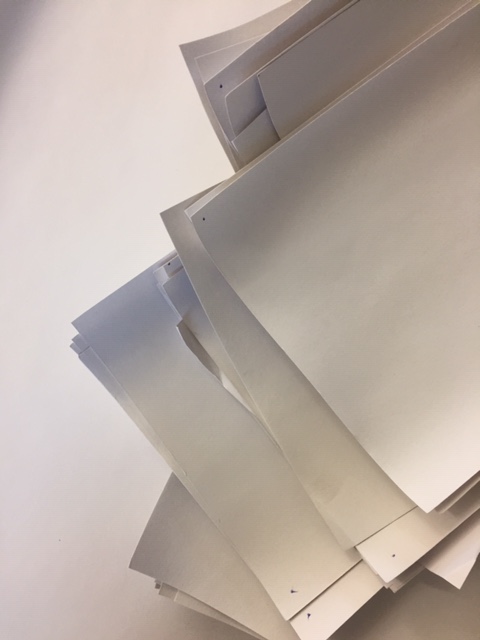
Now prepare you water bath. Mix a gallon of warm water with 4 tablespoons of Methyl Cellulose. Mix well with a balloon whisk, and keep stirring every 10 minutes for an hour, to make sure it thickens evenly. ***Please note that one of my attempts failed because I just stirred once and left it there. Do stir every now and then or it won’t work out well.
Once your paper is dry and your bath is ready, pour the liquid (it will have a syrupy consistency) in the tray, about 5 cm deep.
Carefully mix your oil paint with oil, I add a button of paint and doubled that in oil (if using acrylics, mix with water the least water the better, but you need the acrylic quite runny). Mix well. Use a coffee spoon or a dropper to add drops of water in the tray. You might want to add a drop of soap water (one drop of soap mixed in 1/2 cup of water, this will change slightly how the paint reacts in the water) You can also splash paint with a toothbrush or an old brush. Use a thin stick (or a toothpick) to add patterns to the water. I like to draw zig zag lines or spirals. This is where you play around and see the different patters you can create. Then add the paper on top (prepared side down) and gently pull from the side of the tray. Rinse with water and let dry.
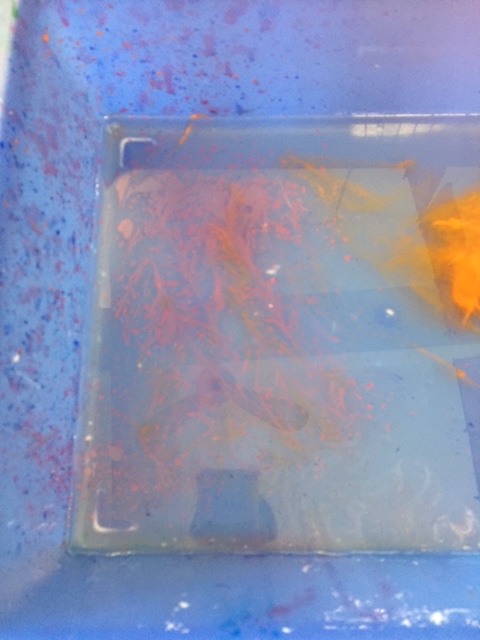
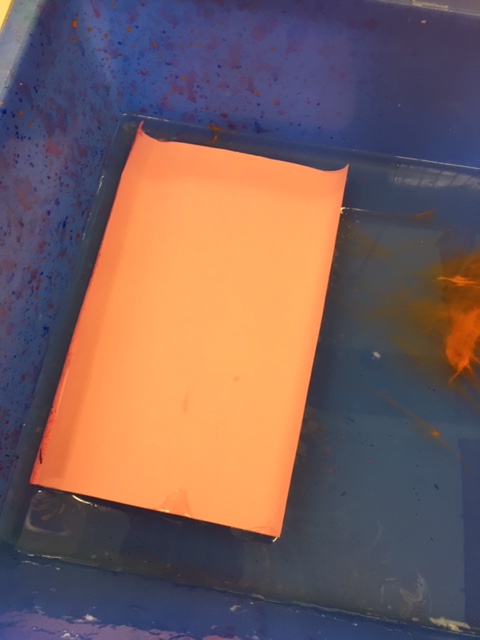
In between different patterns, you can clean the leftover ink floating in the surface with newspaper. Some ink might sink, but it wont affect the next prints, just clean whatever was left on the top of your bath.
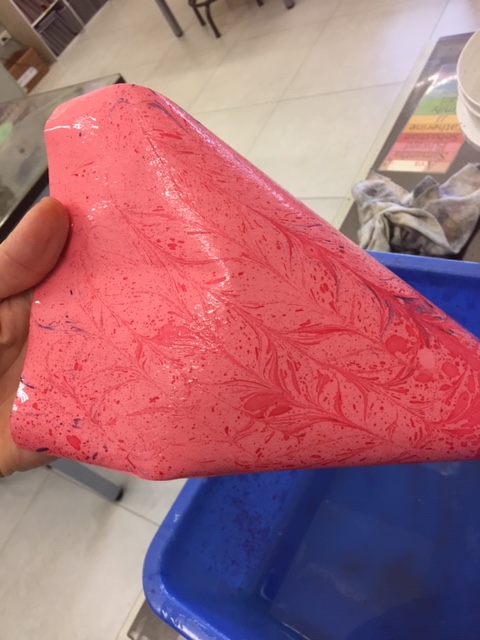
Hope it works well for you. I found it addictive.
Good luck and have fun!
*** I tried out again with Grade 3 students and asked them to write a positive quote once it was dry. They results were fantastic!!
